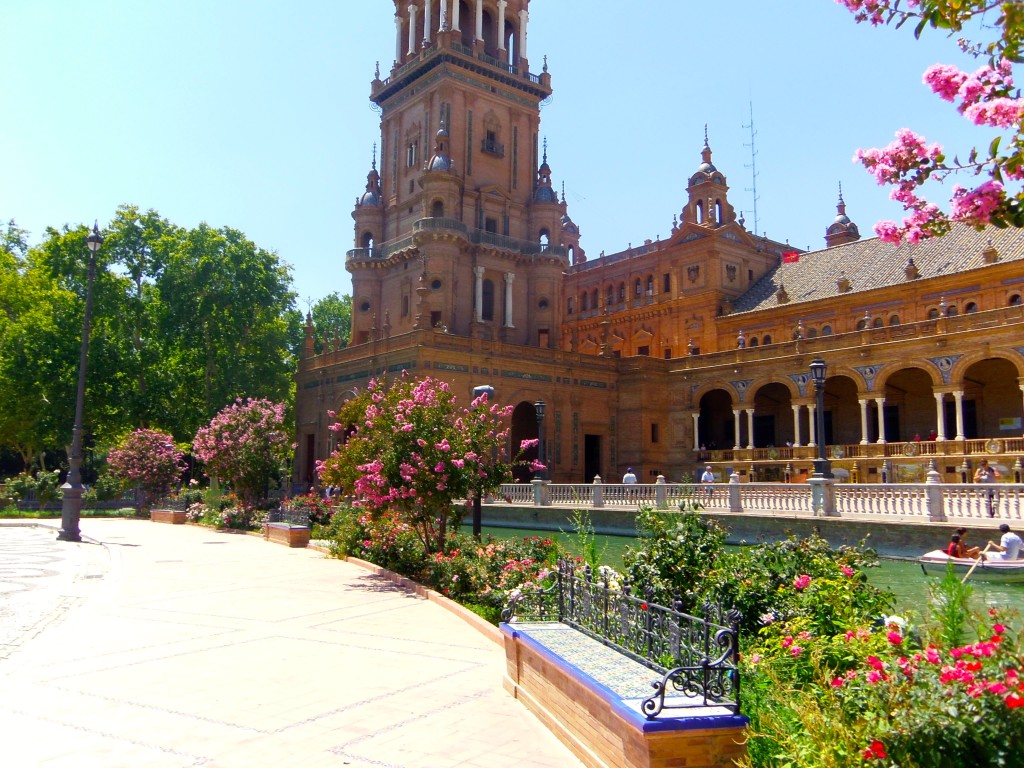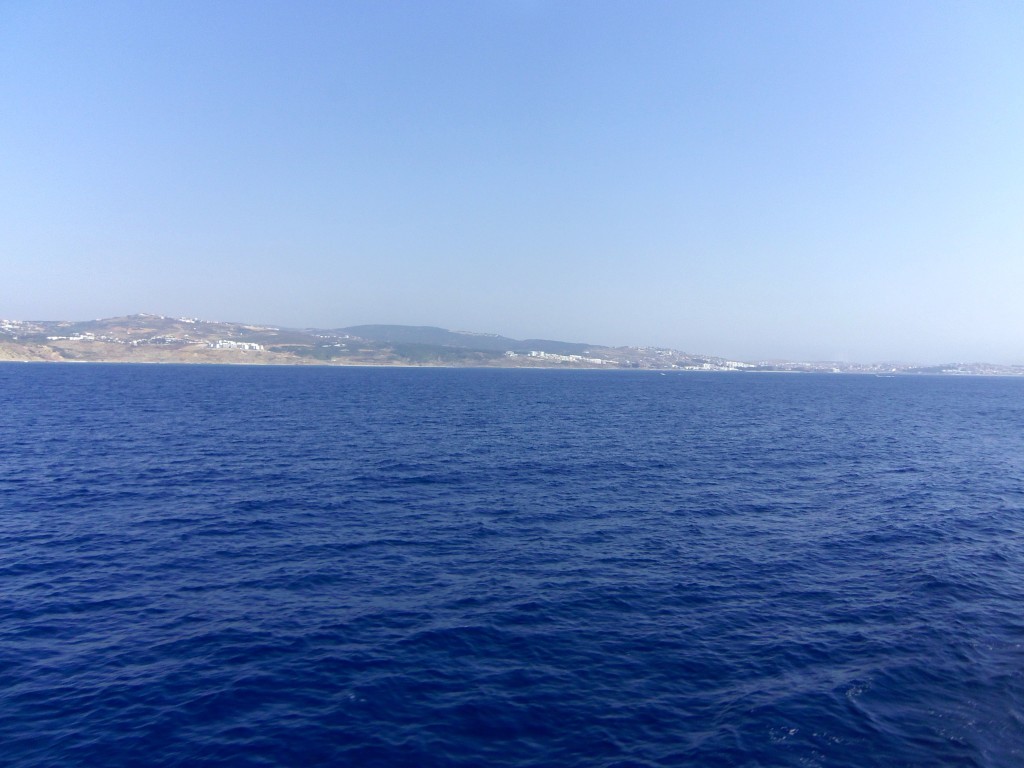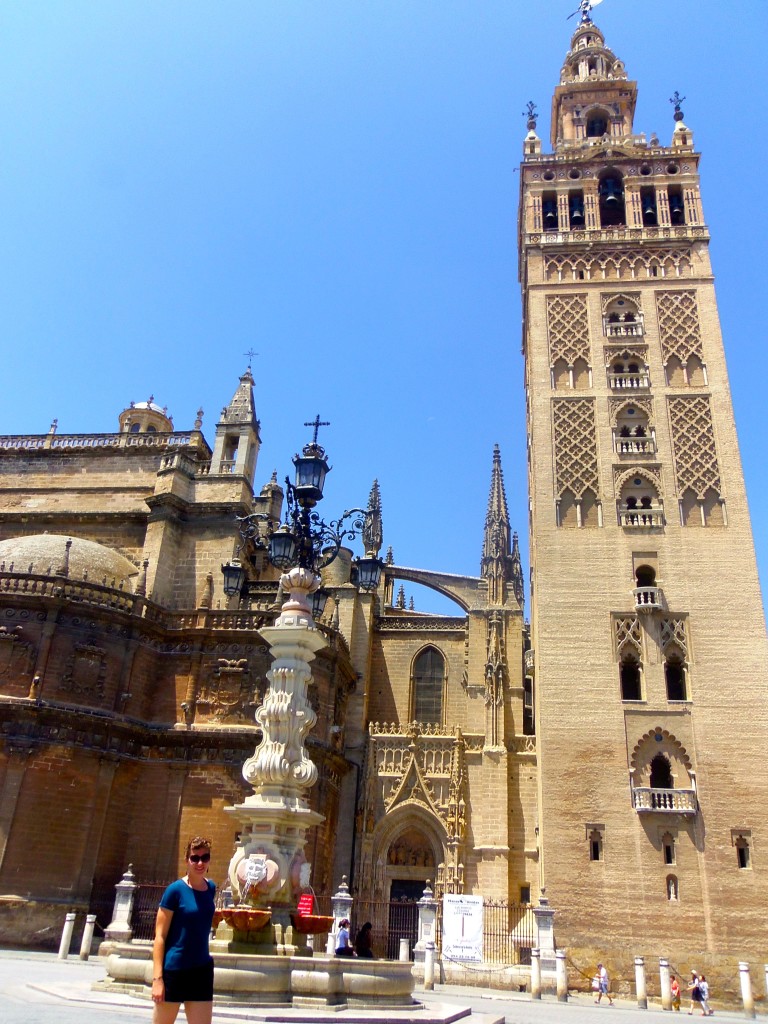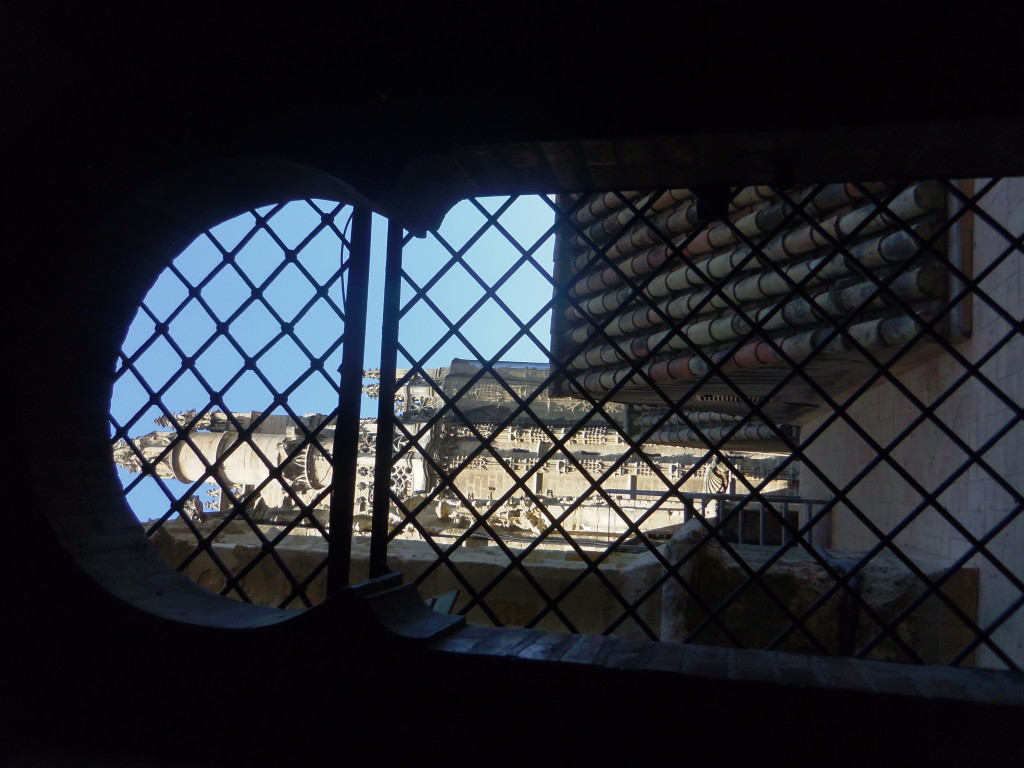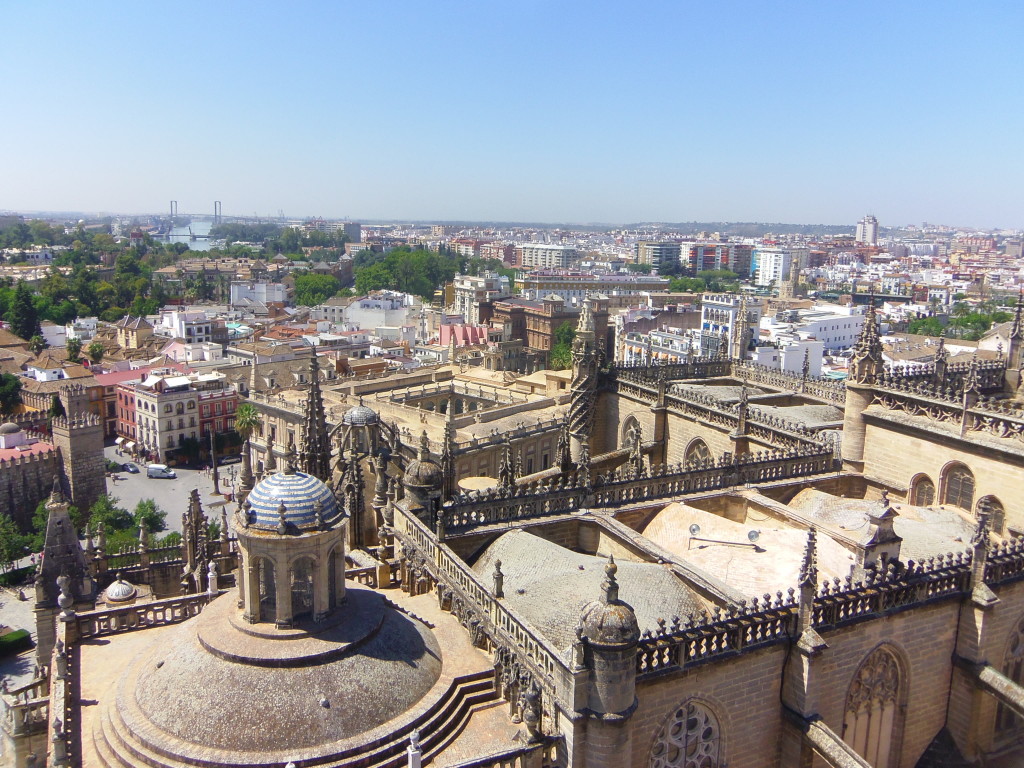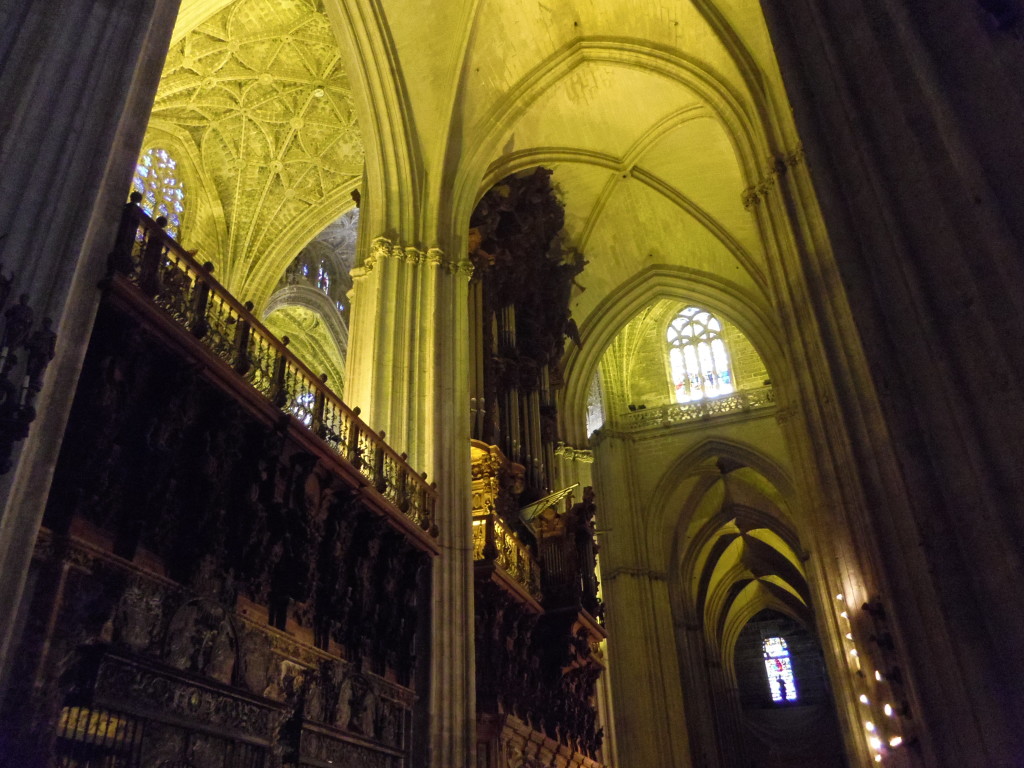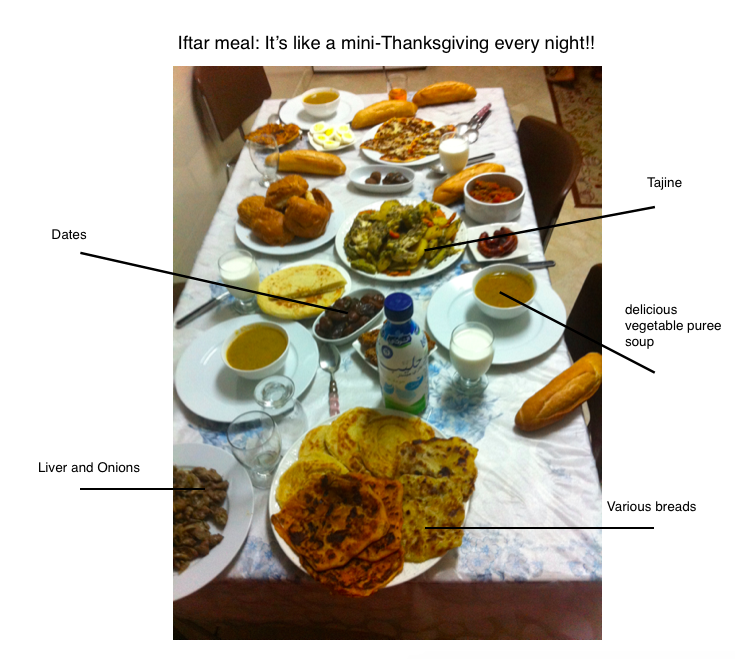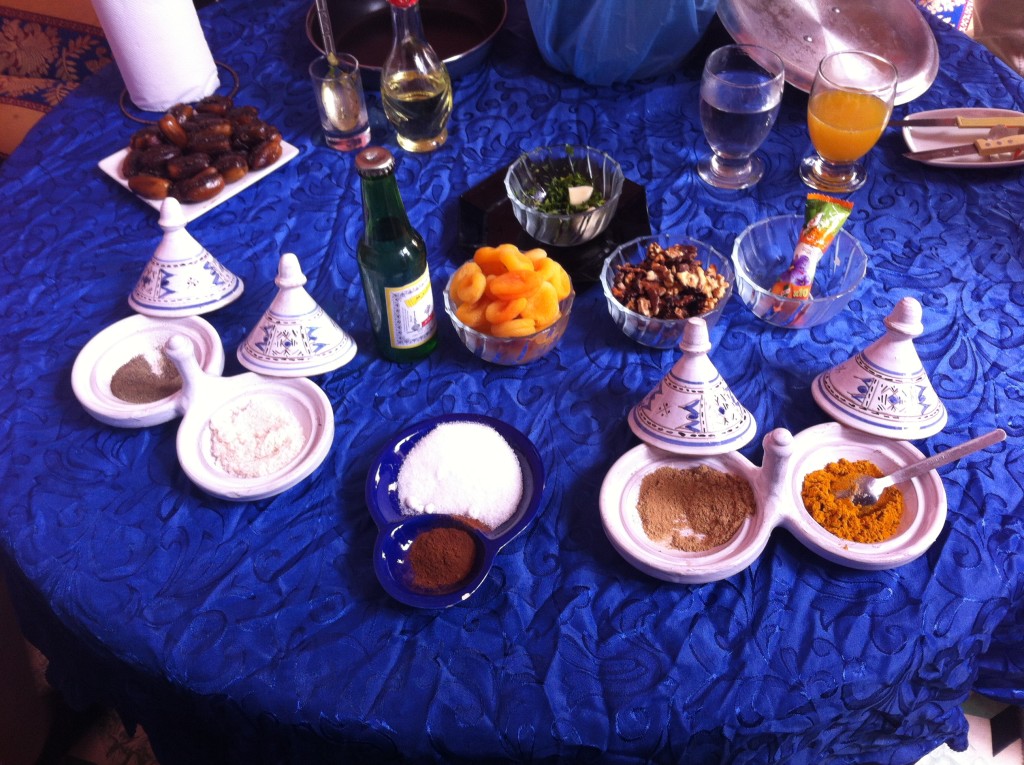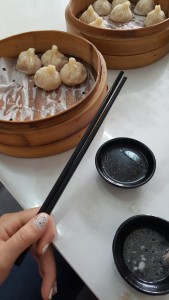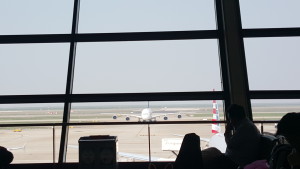Just five days ago, I boarded a plane and flew across the Atlantic Ocean. Since then, I’ve arrived in the wondrous city of Florence.
My new home
I live in an apartment on a narrow sidestreet in the pulsing heart of Florence. When I push open the emerald shutters, feel the cool fresh air, and hear the soothing sounds of Italian language, I’m refreshed and ready to start my day. Three minutes from the Basilica di Santa Croce (“Holy Cross”) and five minutes from the Duomo, or Cattedrale di Santa Maria del Fiore, nothing is out of reach in this walking-town.
My new family
Although I didn’t quite know anyone at first, I am fortunate to live with three sweet and adventurous roommates: Cooper, Erica, and Rachel. Cooper is an easy-going Seahawks fan majoring in recreation, parks, and tourism management. She enjoys running, photography, and visiting her good friends in town. And, then there’s Erica! Erica is a speech pathology major, wine connoisseur, and can’t resist shopping at the leather market. And, then of course, there’s Rachel, a bubbly advertising major, who should have her own cooking show and enjoys dancing at the night clubs! Erica and Rachel are both in different sororities back at school, and they carry with them what they call the “study abroad bible”—an all encompassing list of recommendations compiled by all the sisters that studied in Florence before them! I didn’t know that this was a thing, but I’m so fortunate and happy to tag along for the ride!
My first encounters with Italy
In Florence, the people own the streets, and the cars drive slowly. (But, be sure to get out of the way; some cars don’t stop!) Soft accordion music fills the piazzas, or “city squares.” It’s not uncommon to hear guitars and the vocals of street performers, either.
Beautiful dogs, little white ones and big golden retrievers, lay in the middle of the streets as their owners pause to chit chat. (Fun fact: dogs are welcome to accompany their owners into stores, too. At first I just thought everyone had service dogs, but then I realized that can’t be it!) Young couples hold hands, giving each other sweet kisses along the bridges. PDA seems much more acceptable here. Open-armed, Italian hospitality warms my heart. Italian men smile not just with the lips but with the eyes! And, have I mentioned the food? Gelato, spaghetti al pomodoro with fresh basil, four cheese gnocchi, cornetti, and tomato mozzarella panini. Delicious!
So far, I’ve enjoyed gazing at the Duomo in all its splendor, visiting the Ponte Vecchio, exploring the San Lorenzo market, engaging in little exchanges of Italian conversation (I love to practice!), attending Italian mass for the very first time at La Basilica di Santa Croce, and praying in the Dominican Basilica di Santa Maria Novella, Florence’s first basilica.
I’ve also experienced a bit of prejudice for asking, “Parli inglese?” (“Do you speak english?”) when words seemed unfamiliar, but the rare feeling of being unwanted has always been offset by the rich kindness and patience toward my broken Italian from more people here than not. One of my favorite things is when people genuinely ask where I am from. I’ve been doing my best to blend in, live gently, and keep my Americanness as subtle as possible, so this feels like a benchmark toward success! Semester goal: live like a local
Classes! (I almost forgot!)
Today was our second day of classes! I’ve now officially met all of my professors and gotten my first glimpse of each class I’ll be taking. My classes include: The Art of Buon Fresco, The History and Culture of Food, Introduction to Photography, and The Italian Experience: Italian Language 1. Again, I am in love. One particularly splendid thing is that my charming bilingual Italian language teacher, Alessio, speaks Italian for the entire length of class. Little did my classmates and I know it was possible to learn this way! I am so thrilled!
Finding my way around
Glittering canopies illuminate the streets of Florence. I’m not quite sure why, but perhaps it’s a custom to leave the Christmas lights up well after the Epiphany. The different lights have been great markers for my navigation, though, so I sure hope they keep them up!
Paper maps have also been a huge help. I seem to learn most when I’m by myself seeing as this requires self-sufficiency. Surprisingly, I can get from Santa Croce, to the Duomo, to the Piazza della Repubblica, and back home by heart already. Florence is actually very small. Most of the city still feels like a big maze, though. Until I get the hang of it, there’s definitely something charming and serendipitous about the side streets.
While I’m being swept away by all the beauty and excitement here, it’s easy to get distracted. I like this quote by Saint Therese that says, “The world is thy ship and not thy home!” It serves as a powerful reminder for me. Ciao! Angela
Glossary
Piazza della Republica — A square with a carousel, some nice restaurants and shops, an Apple store, which has proven to already be super convenient, since I’m downloading photoshop for my Intro to Photography class and have had several problems. I met a very nice man named Giovanni who recommends restaurants when I bring in my computer for tech help!
La Basilica di Santa Croce—A Franciscan church in Florence in the Piazza Santa Croce
The Duomo—Cattedrale di Santa Maria del Fiore, or more commonly known as the Duomo, is the main church of Florence. It has huge dome on top where you can walk all the way up to the top and see the breadth of the city’s church steeples and red-shingled roofs.
La Basilica di Santa Maria Novella—The first basilica in Florence, and a Dominant one at that! Santa Maria Novella sits near the main train station, which share its name
The Ponte Vecchio—“old bridge” famous for love locks on the chain-link fence and the shops that sell gold watches and other jewelry
Mopeds— motorized vehicles, or glorified scooters
Piazza — square
Language Practiced
“hello!” — Ciao (chow)
“Good morning!” — Buon giorno (bwon jor-no)
“Thank you very much!” — grazie mille (graht-zee-ay me-lay)
“Peace” — pace (pah-chay)
“To the right” — A la destra (ah-lah dess-truh)
“To the left” — A la sinistra (ah-lah sin-iss-truh)
“Sorry” — mi dispiace (me dis-pee-ah-chay)
“How do you say…” — Como se dice… (coh-mo say deech-ay…)
“Excuse me” — Scusa (scooz-ah)
“I don’t understand” — Non ho capito (Non o cah-peet-oh)


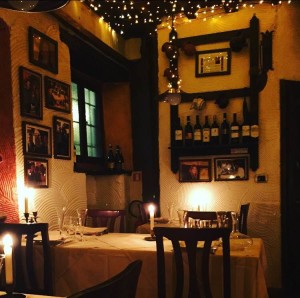
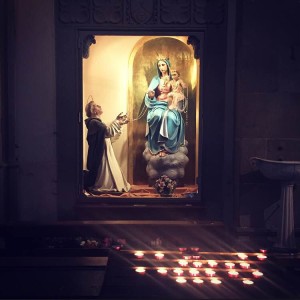
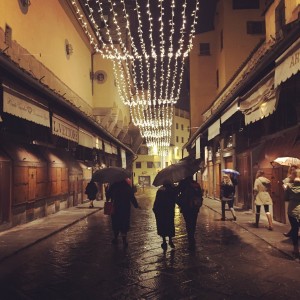
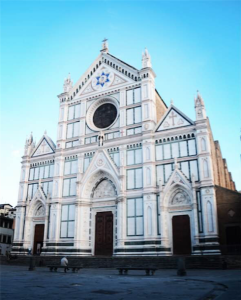

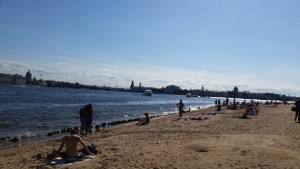



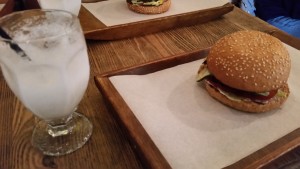
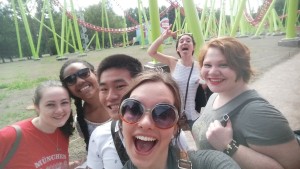
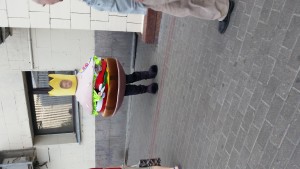
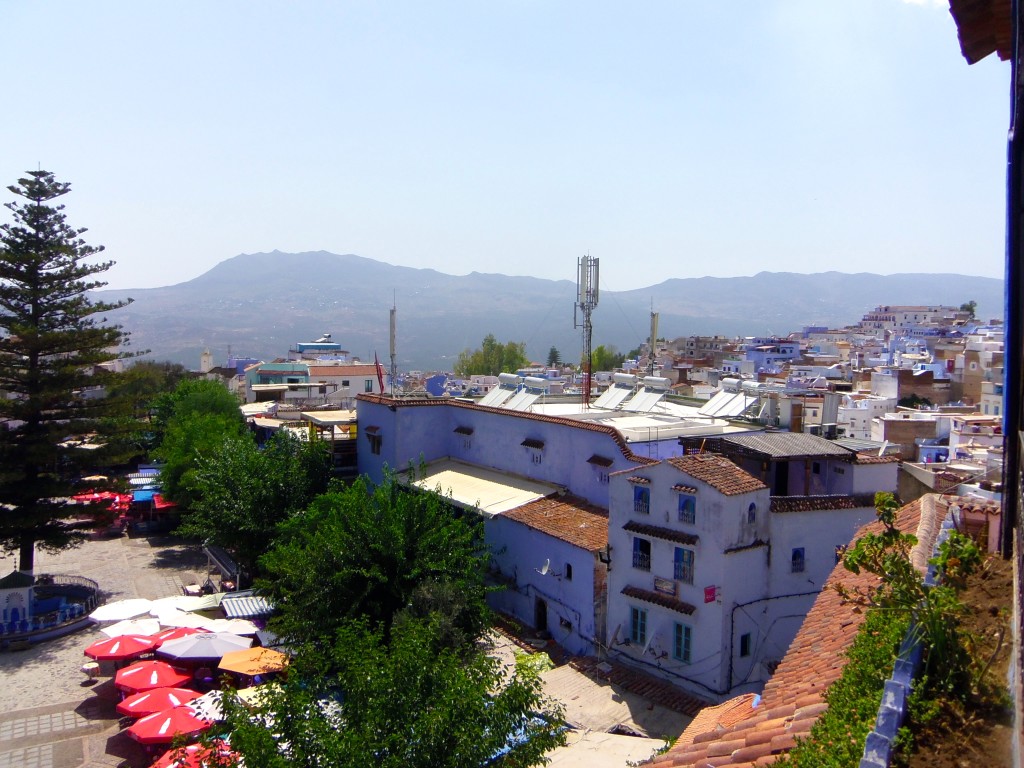
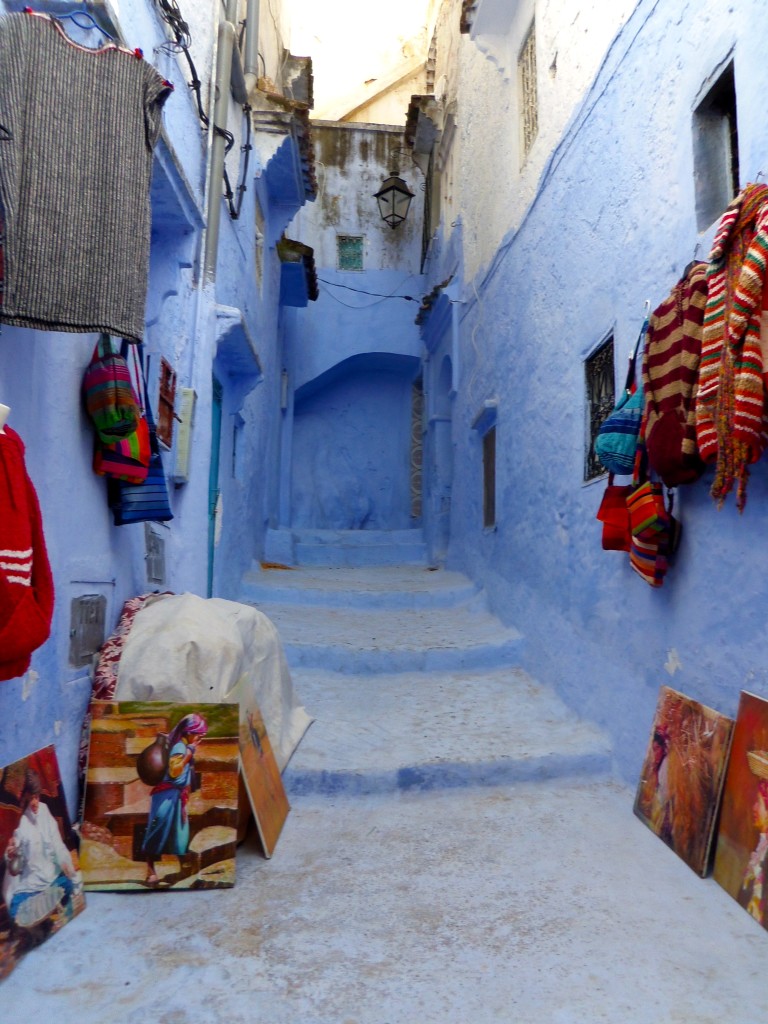
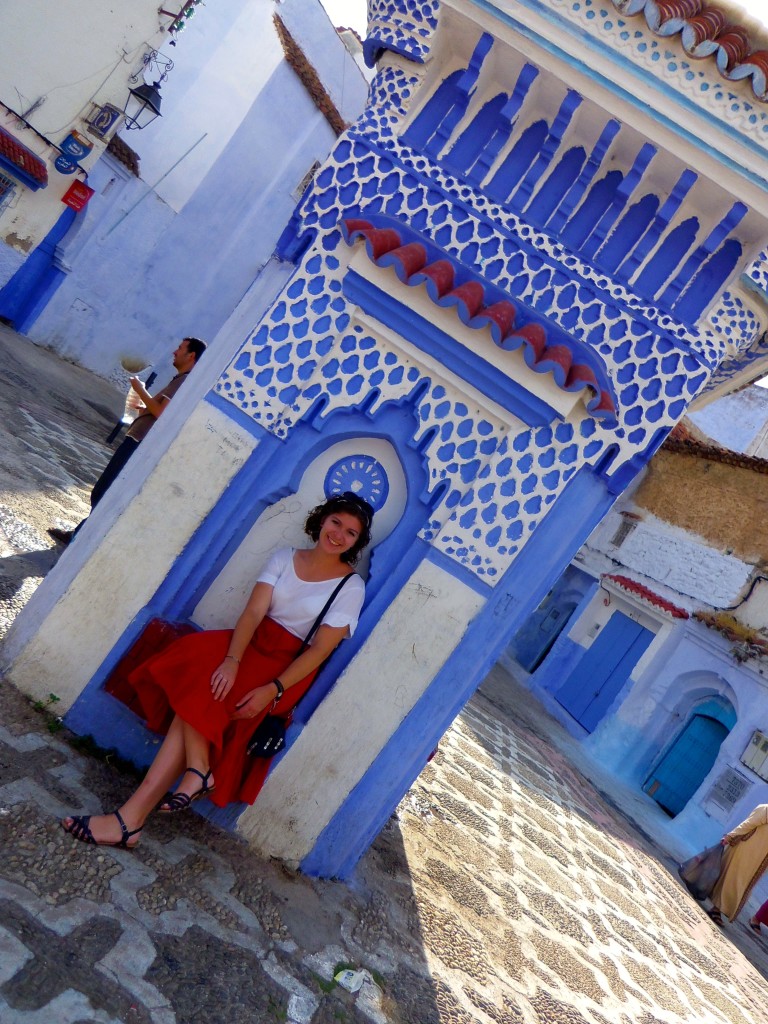
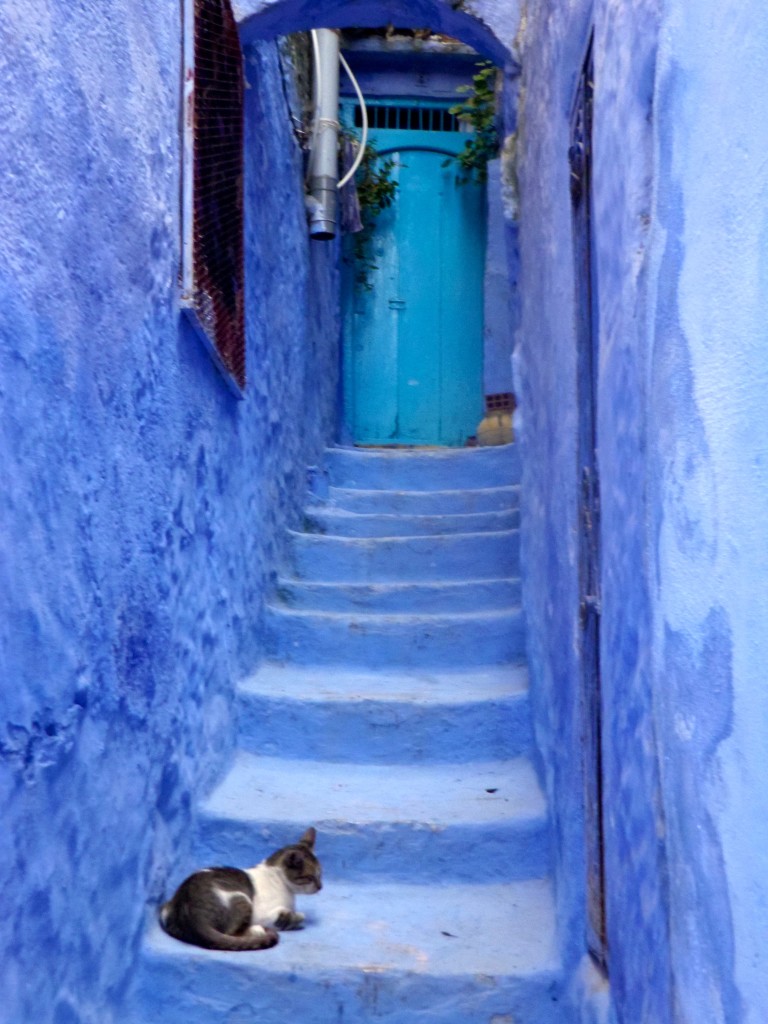

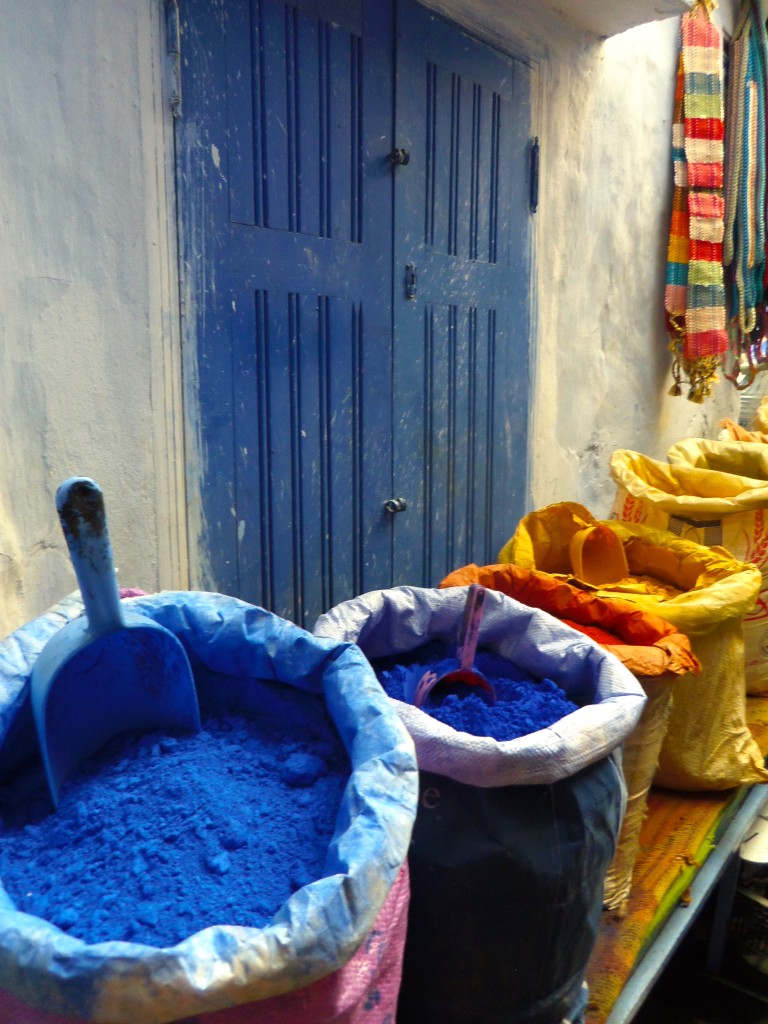
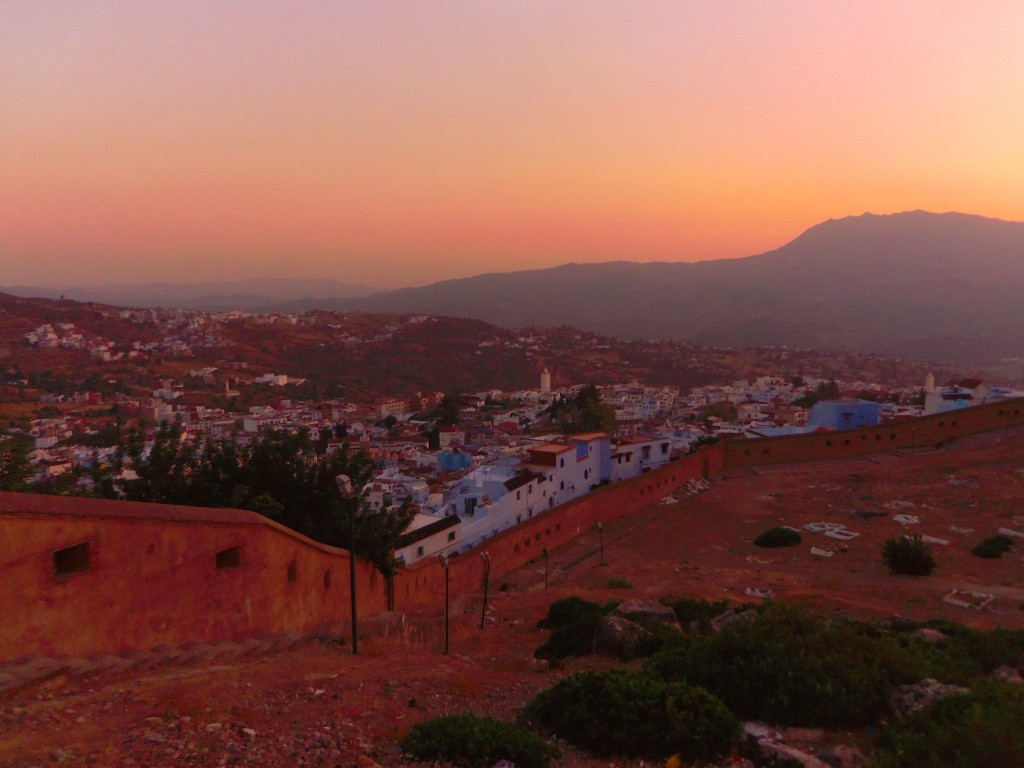
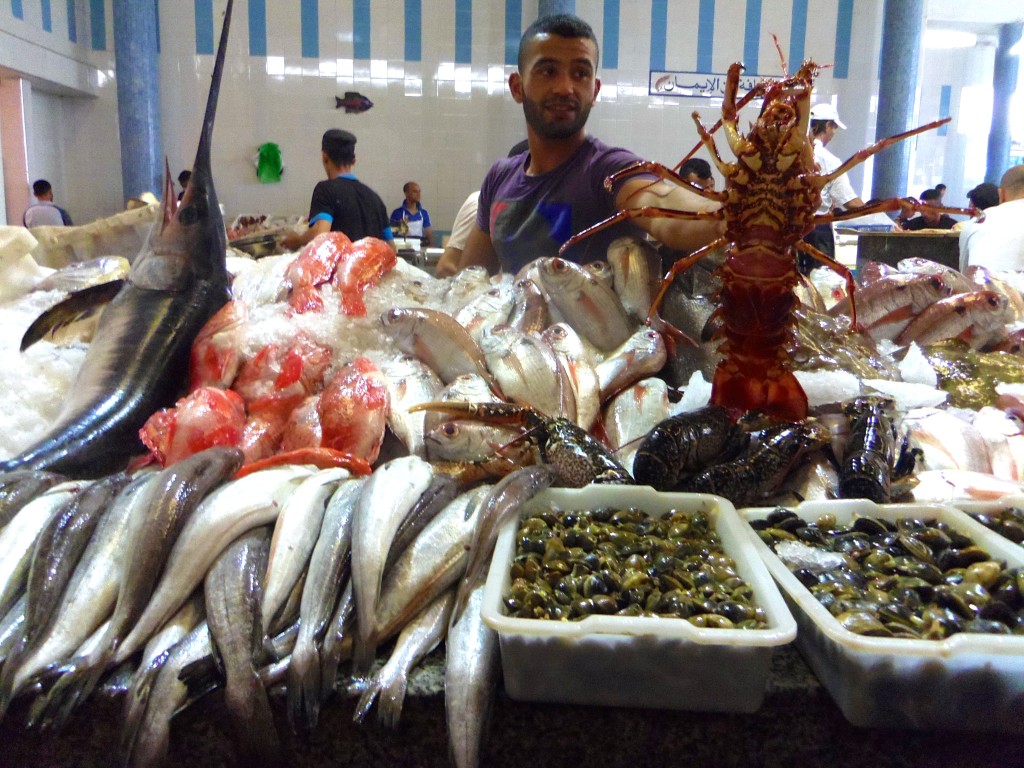
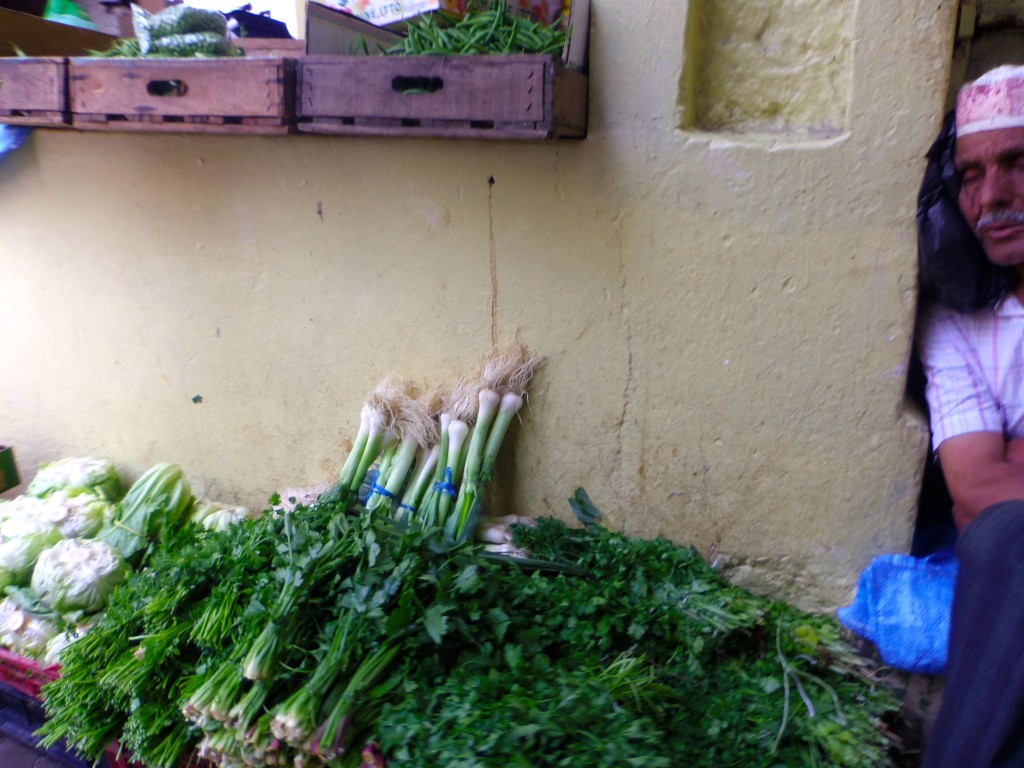 After lunch it was time to catch our ferry to Spain- which was so much closer than I’d thought! The ferry ride was only an hour, and after 20 minutes I could see the Spanish coast before Morocco even disappeared from view. We landed in Tarifa, the closest port, and after another bus ride we were in our hostel for the night in Cadiz, Europe’s oldest city! It was also where Christopher Columbus set sail on his second voyage from, which makes sense because Cadiz is essentially just an outcrop surrounded on three sides by sea and connected to the mainland by a strip of land less than a mile wide. However our plan was to only stay the night, visit Seville the next day, and come back to Cadiz on Saturday so that when we had to travel the whole way back to Rabat on Sunday were closer and had less milage to cover in one day.
After lunch it was time to catch our ferry to Spain- which was so much closer than I’d thought! The ferry ride was only an hour, and after 20 minutes I could see the Spanish coast before Morocco even disappeared from view. We landed in Tarifa, the closest port, and after another bus ride we were in our hostel for the night in Cadiz, Europe’s oldest city! It was also where Christopher Columbus set sail on his second voyage from, which makes sense because Cadiz is essentially just an outcrop surrounded on three sides by sea and connected to the mainland by a strip of land less than a mile wide. However our plan was to only stay the night, visit Seville the next day, and come back to Cadiz on Saturday so that when we had to travel the whole way back to Rabat on Sunday were closer and had less milage to cover in one day. 